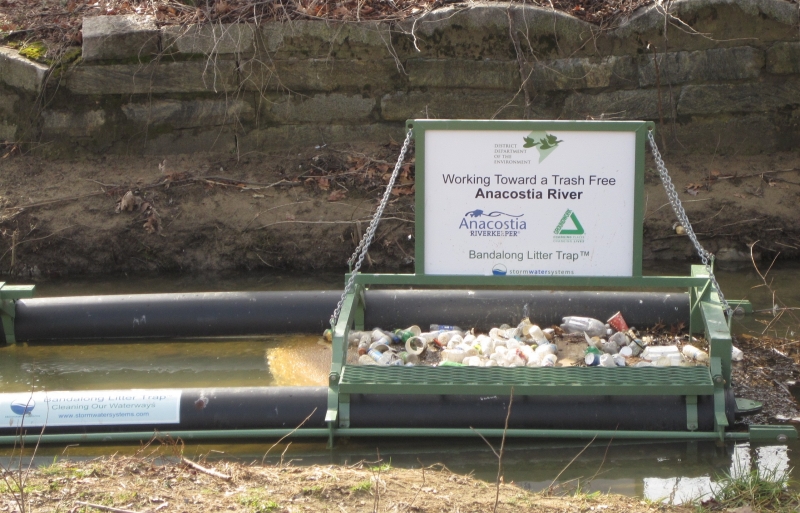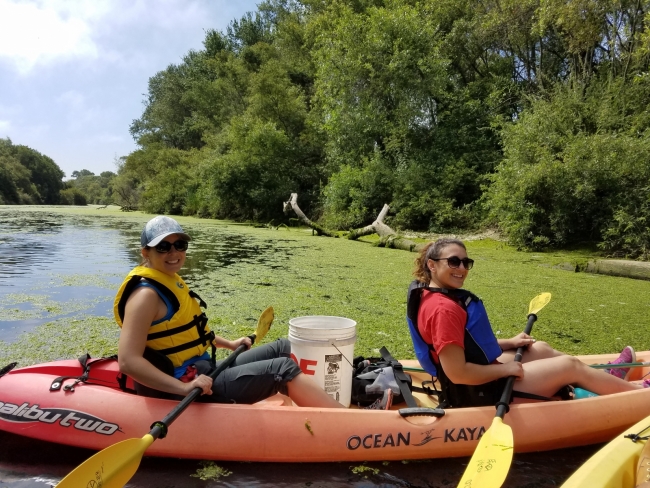The NOAA Marine Debris Program works with partners across the country to address marine debris through several nationwide, competitive funding opportunities annually. Over the next few weeks, we will be highlighting community-based marine debris removal and research projects that were awarded grants during the past year. The featured projects below are removing marine debris from waterways such as rivers and bays. Additionally, these projects help coastal habitats, increase public awareness, and include forward thinking towards prevention.
Save Our Shores, a non-profit organization in California, is focusing their efforts on the Pajaro River, Elkhorn Slough, and Salinas River; these vital watersheds all feed into California’s Monterey Bay National Marine Sanctuary and provide a home to numerous protected species. As a result of illegal dumping and a lack of waste disposal options, furniture, household goods, and agricultural waste such as metal and plastic pesticide and herbicide drums are often found in and around these waterways. Save Our Shores removes hard to access debris from these watersheds through multiple kayak-based cleanups on each waterway. Two hundred community volunteers have participated in these cleanup efforts. The project also includes community outreach activities to local schools, participation in community events, and engagement with agricultural companies in solutions.
Mobile Baykeeper, a community organization in Mobile, Alabama is working to reduce the amount of marine debris in One Mile Creek. The creek winds its way to Mobile Bay and eventually into the Gulf of Mexico bringing with it more than just water; it also carries marine debris. Much of this debris accumulates during the city’s two-week Mardi Gras celebration every February. Many of the beads, snacks, and other celebratory items that are tossed into crowds along the street, ultimately end up in storm drains and the creek. Mobile Baykeeper is tackling this issue through a collaborative approach, partnering with the Mobile Bay National Estuary Program, Thompson Engineering, and the City of Mobile. Their multi-faceted approach includes debris assessments, six large-scale community clean-up events, and preventative measures such as installing temporary storm drain barriers before Mardi Gras and an extensive media campaign to educate attendees to celebrate responsibly.
Prince George’s County in Maryland, is working with the Metropolitan Washington Council of Governments, and Prince George’s County high school students to address the massive amounts of land-based litter that make its way into the Chesapeake Bay via the Anacostia and Potomac Rivers. Building upon efforts that began in 2000, Prince George’s County is installing floating litter traps in two tributaries of the Anacostia River. By stopping urban litter before it feeds into the subsequent waterbodies, a major source of pollution is reduced and riparian habitat is enhanced. The County and partners provide tours of the trash traps and share information about how litter travels from upstream areas to the trash traps. Through direct participation of local high school students who will monitor and remove captured litter, Prince George’s County continues to raise awareness of marine debris and encourage prevention through individual stewardship.



